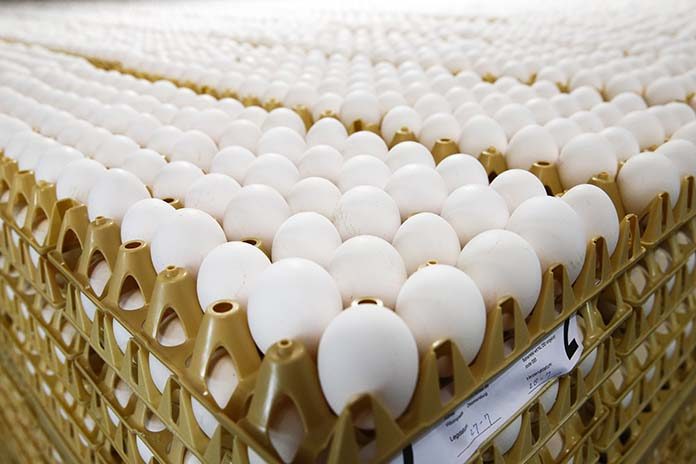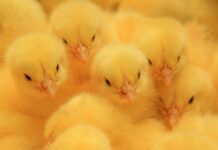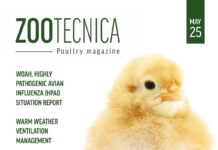
In recent years, in response to consumer concerns regarding welfare of birds, there has been a move from caged to free-range production systems. This change has resulted in increased exposure of hens to pathogens including parasites, which can compromise the welfare of the animal. Amongst helminths, Ascaridia galli is the most abundant nematode in poultry, and can cause significant economic losses and negative impacts on bird health and welfare.
Early detection of Ascaridia galli infection is important to allow effective treatment to be administered before irreparable damage occurs to the hosts’ intestines. However, the typical method of detecting Ascaridia galli infection is based on counting Ascaridia galli eggs in excreta samples and is only possible when the worms are mature.
Meanwhile, alternative methods, such as serological tests, require collection of blood which is labour intensive and more intrusive for the birds. Thus, the current study was undertaken to determine if anti-Ascaridia galli antibodies in egg yolks can be used to detect Ascaridia galli infection in layers, and to compare yolk antibodies from caged and free- range production systems.
Six eggs and pooled excreta samples were randomly collected from 3 caged, 2 barn- housed and 4 free-range flocks in Australia. All farms housed Isa Brown hens which were at least 60 weeks of age at the time of sampling. Eggs were processed to determine anti-Ascaridia galli antibody level in the egg yolks using an in-house ELISA assay. Excreta samples were assessed to determine numbers of worm eggs using standard procedures.
Significant differences in egg yolk anti-Ascaridia galli antibody levels were observed in flocks within and between production systems. Free-range flocks had significantly higher egg yolk anti-Ascaridia galli antibody levels than did cage flocks (0.50 ± 0.08 versus 0.16 ± 0.03 OD units; P < 0.001). However, low levels of anti-Ascaridia galli antibodies were also detected in eggs obtained from some free-range flocks. The antibody level of barn-laid eggs was similar to that of the free- range eggs (0.49 ± 0.09 versus 0.50 ± 0.08 OD units).
The results obtained from the excreta worm egg counting test confirmed that excreta samples from free-range and barn-housed flocks contained significantly higher numbers of Ascaridia galli eggs compared to samples from caged flocks. The average numbers of Ascaridia galli eggs per gram of excreta sample from caged, free-range and barn-house flocks were 0 ± 0, 750 ± 239 and 850 ± 600, respectively. However, the worm egg count did not correlate with the levels of anti-Ascaridia galli antibodies in the hen egg yolk (P > 0.05). These findings suggest that analysis of anti-Ascaridia galli antibodies in the egg yolk is indicative of worm infections (past or present) in layer flocks.
References are available on request
From the Proceedings of the Australian Poultry Science Symposium

















